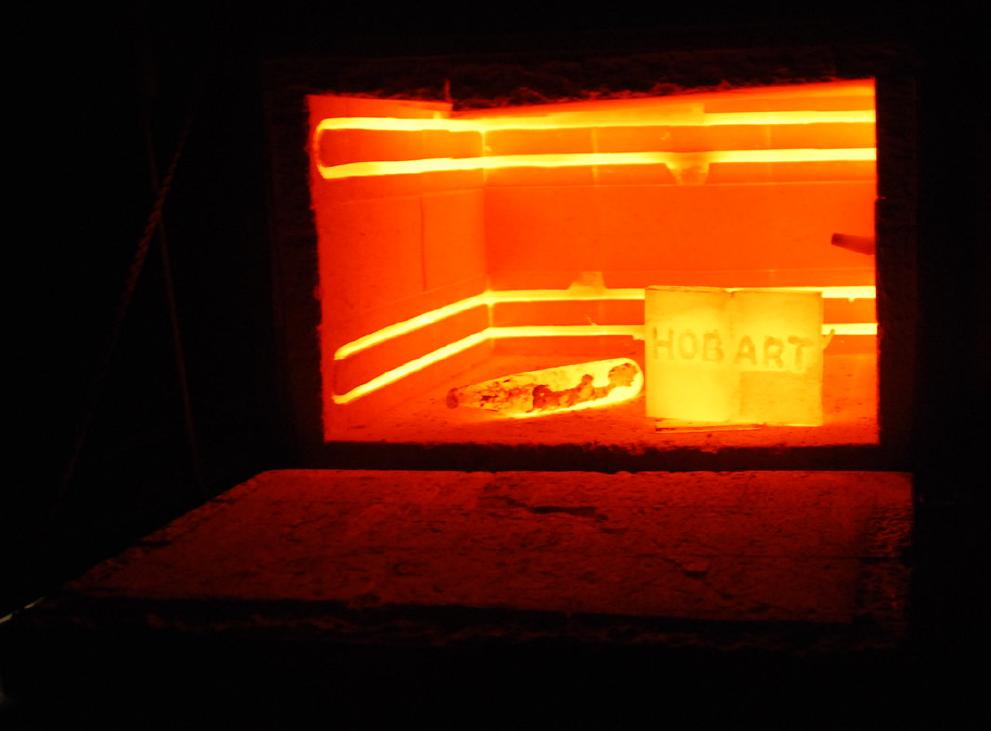What is the composition of Grey cast iron Grade 20?
Carbon : 3.10 – 3.25% Silicon : 1.75-1.95% Manganese : 0.50 – 0.7%Sulphur : 0.05 – 0.07% Phosporous : 0.04 – 0.07%
What is the composition of Cast iron Grade 35?
Carbon=2.90-3.10%Manganese=0.60-1.00%Silicon=1.50-1.90%Sulphur=0.10%
Phosphorus=0.15% Chromium=0.30% Molybdenum=0.30% Cupper=0.25%
What are the super alloys?
Super alloys is an alloy that exhibits excellent mechanical strength and creep resistance at high temperatures, having good surface finish.
Why the Super alloys used for land-based turbines?
Super alloys are the top most alloys used for their excellent strength and corrosion resistance as well as oxidation resistance. No other alloys can compete with these grade.
What kinds of NDT methods are available?
1.Visual Inspection
2.Microscopy inspection
3.Radiography Test
4.Dye Penetrate technique
5.Ultrasonic testing
6.Magnetic Particle inspection
7.Eddy Current technology
8.Acoustic Emission
9. Thermograph
10.Replica Metallographic
What is Stress Corrosion cracking?
Stress corrosion cracking (SCC) is a process involving the initiation of cracks and their propagation, possibly up to complete failure of a component, due to the combined action of tensile mechanical loading and a corrosive medium.
What is meant by D2 Material used for Die tooling?
D2 – High Carbon Cold Work Tool Steel
D2 is a high Carbon, high Chromium, Molybdenum, Vanadium, Air hardening alloy tool steel which offers good wear resistance, high surface hardness, through hardening properties, dimensional stability and high resistance to tempering effect. D2 tool steel is also suitable for vacuum hardening.
Typical Composition
C.-1.50%
Si.-0.30%
Cr. -12.00%
Mo. -0.80%
V. -0.90%
What is Vacuum Induction Melting?
As the name suggests, the process involves melting of a metal under vacuum conditions. Electromagnetic induction is used as the energy source for melting the metal.
Induction melting works by inducing electrical eddy currents in the metal. The source is the induction coil which carries an alternating current. The eddy currents heat and eventually melt the charge.
What is the composition of Grey cast iron Grade 20?
Carbon : 3.10 – 3.25% Silicon : 1.75-1.95% Manganese : 0.50 – 0.7%Sulphur : 0.05 – 0.07% Phosporous : 0.04 – 0.07%
What is the composition of Cast iron Grade 35?
Carbon=2.90-3.10%Manganese=0.60-1.00%Silicon=1.50-1.90%Sulphur=0.10%
Phosphorus=0.15% Chromium=0.30% Molybdenum=0.30% Cupper=0.25%
What are the super alloys?
Super alloys is an alloy that exhibits excellent mechanical strength and creep resistance at high temperatures, having good surface finish.
Why the Super alloys used for land-based turbines?
Super alloys are the top most alloys used for their excellent strength and corrosion resistance as well as oxidation resistance. No other alloys can compete with these grade.
What kinds of NDT methods are available?
1.Visual Inspection
2.Microscopy inspection
3.Radiography Test
4.Dye Penetrate technique
5.Ultrasonic testing
6.Magnetic Particle inspection
7.Eddy Current technology
8.Acoustic Emission
9. Thermograph
10.Replica Metallographic
What is Stress Corrosion cracking?
Stress corrosion cracking (SCC) is a process involving the initiation of cracks and their propagation, possibly up to complete failure of a component, due to the combined action of tensile mechanical loading and a corrosive medium.
What is meant by D2 Material used for Die tooling?
D2 – High Carbon Cold Work Tool Steel
D2 is a high Carbon, high Chromium, Molybdenum, Vanadium, Air hardening alloy tool steel which offers good wear resistance, high surface hardness, through hardening properties, dimensional stability and high resistance to tempering effect. D2 tool steel is also suitable for vacuum hardening.
Typical Composition
C.-1.50%
Si.-0.30%
Cr. -12.00%
Mo. -0.80%
V. -0.90%
What is Vacuum Induction Melting?
As the name suggests, the process involves melting of a metal under vacuum conditions. Electromagnetic induction is used as the energy source for melting the metal.
Induction melting works by inducing electrical eddy currents in the metal. The source is the induction coil which carries an alternating current. The eddy currents heat and eventually melt the charge.







